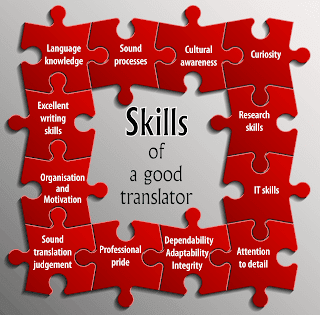It is Time You Revamped Your Sales Funnel
A conventional sales funnel has basically four stages:
- In the awareness stage, customers visit your site as leads where they learn about your product(s)/service(s).
- In the consideration stage, leads research other options that might be more cost-effective or more efficient before they decide on one brand. You convince them to consider your product(s)/service(s) over your competitors’ and provide them with the information about what they need to know for resolution of their issues. They thus become prospects and then turn into qualified prospects when they eventually see value in your offering(s) and budget-friendliness.
- In the decision stage, customers decide to go with the best-fitting solution after having researched all the options available. It is at this stage that you pitch for your products directly and try ensuring that their options narrow down to only one - your own brand.
- In the action stage, customers actually buy your product(s)/service(s) after they get fully convinced of your brand and its offerings.
However, acquiring prospects and turning them into buyers hasn’t remained that easy. What to infer from this? That traditional sales funnel doesn’t exist anymore? Or that all modern customers don’t always fit into this funnel?
Well, we can’t say that the traditional sales funnel is dead but is rather evolved. As modern customers have dozens of mediums to search for options, the sales funnel no longer relies on only their needs and fulfillments. For instance, social selling has emerged as more important than ever of late and contributes a lot to the overall sales.
The buying experience and customers’ expectations have evolved over time. The way people purchase is no longer a simple linear path from lead to prospect to buyer but is rather much more diversified and complex.
So, here are several strategies to revamp your sales funnel.
Define Your Ideal Customer
Driving a lot of unqualified traffic or leads that won’t turn into customers would make no sense. Therefore, finding your ideal customer is crucial to turning traffic into qualified prospects. The more you understand your ideal customer, the more likely your leads will turn into potential prospects.
Besides including basic details like age, gender, and job status, you should also dig deeper into their psychology. You can conduct short interviews or online research to determine their general modes of purchases (online or offline), purchasing habits (non-discounted or discounted products), channels they use to gather information about products (social media, Google or offline stores), the reason they have visited your website, etc. These demographics can help you gauge who your ideal customer is, create relevant content, and help you convert prospects into customers more.
Analyze the Performance of Your Inbound Marketing
Content forms a vital part of inbound marketing in which the marketers capture new leads and drive them down the funnel using value-added content. They continue nurturing these leads using sales tactics until they convert into customers.
But discussing metrics and performance with your sales and marketing team is also essential as it helps you determine inefficiencies and scope of improvement.
Several marketing tools like Google Analytics can help you with finding out:
- How you are generating leads - How is content helping with that and to what extent?
- Effectiveness of CTA - How many visitors are clicking and converting?
- Entrances - Are visitors entering your other pages or main product pages through your blogs or resource pages?
- Bounce Rates - Are people reading the on-site content or not?
and more such data that help you reach a wise conclusion about your overall success rate.
Focus More on Targeted Follow-Ups
Continuous follow-ups on leads is the key to converting them into potential buyers.
When you follow up with a lead, you must ensure that you don’t put them off with irrelevant and invaluable content. It is at this stage that you propose your products as solutions to their problems and convince leads to consider them.
CRM tools like CRM survey software or others can help you understand which leads are likely to qualify as prospects and convert into buyers.
Thus, they can help you determine the steps you would need to take to bring those potential leads deep down the conversion funnel.
Reward Your Loyal Customers
While new leads are undeniably great and necessary for growth, retaining existing customers is no less important. Approximately, 75% of loyal customers recommend a brand to their family and friends. While 50% of loyal customers leave a brand due to it failing to stay relevant and providing good service. Hence, retaining loyal customers and rewarding them from time to time can work wonders.
A loyalty program, reward points system, exclusive hidden discounts, first-time access to new offerings, and more such ideas can help satisfy your loyal customers and retain them.
Use Surveys at Every Stage
Surveys are a great asset at every stage right from generating new leads to converting them into customers and even retaining them. You can use them to get insights into customers’ behavior and plan your future marketing strategies accordingly and more effectively. You can even analyze survey data with advanced statistical reports and make every stage of the buyer’s journey more efficient. A good CRM survey tool can help you conduct surveys and strengthen your sales funnel.
For instance, our SugarCRM survey module can help SugarCRM users with cutting-edge features like survey automation, survey reporting, skip logic and more…
Ready to Revamp Your Sales Funnel?
Traditional sales funnel may no longer fit into the real-world scenario owing to a seismic shift in customers’ purchasing preferences and pattern. And it is time to re-evaluate your sales funnel and modernize it with several tweaks. A revamped sales funnel will surely help achieve more conversions and boost sales.



Comments
Post a Comment